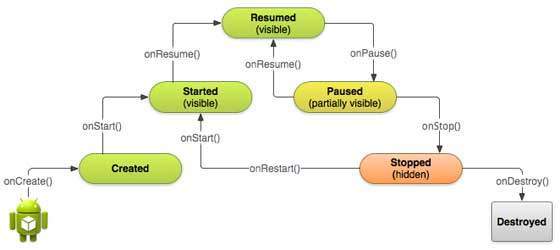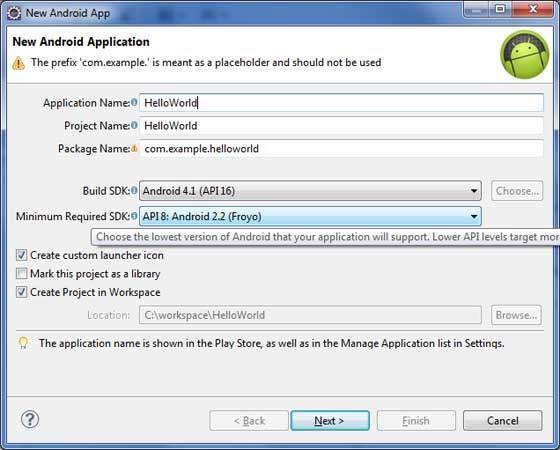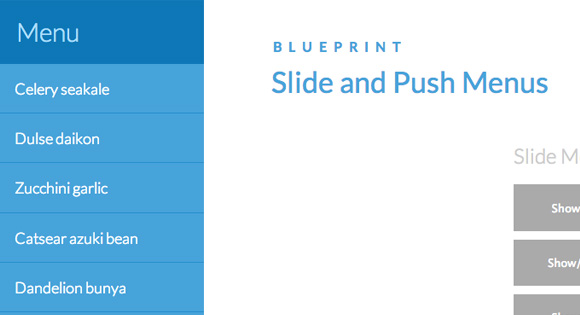A content provider component supplies data from one application to others on request. Such requests are handled by the methods of the ContentResolver class. A content provider can use different ways to store its data and the data can be stored in a database, in files, or even over a network.
Each Android applications runs in its own process with its own permissions which keeps an application data hidden from another application. But sometimes it is required to share data across applications. This is where content providers become very useful.















